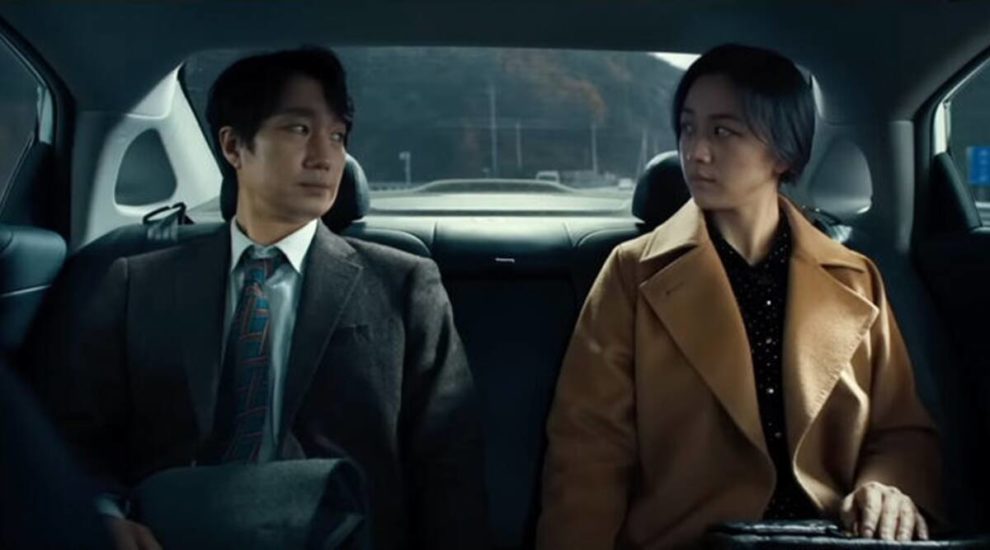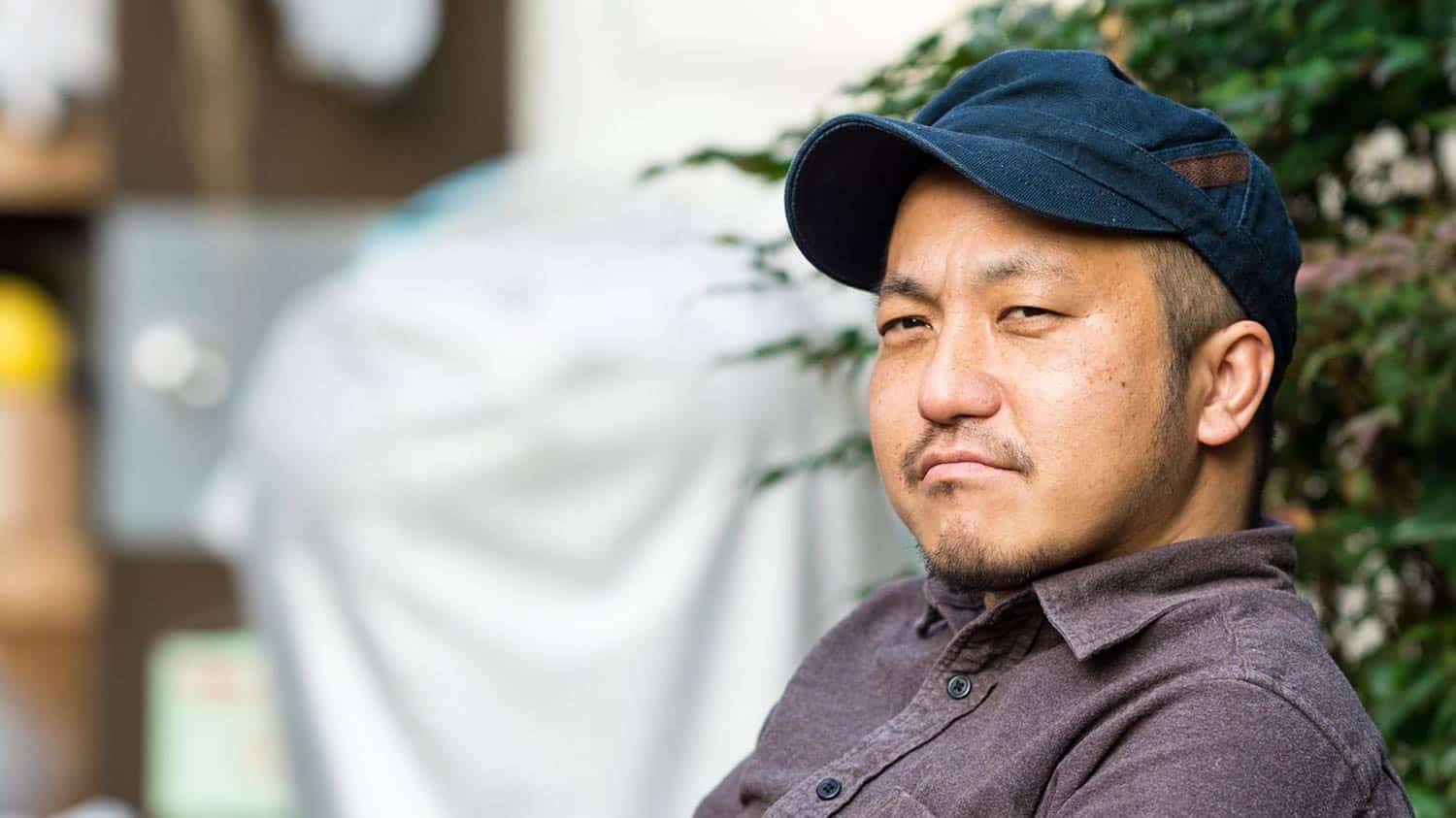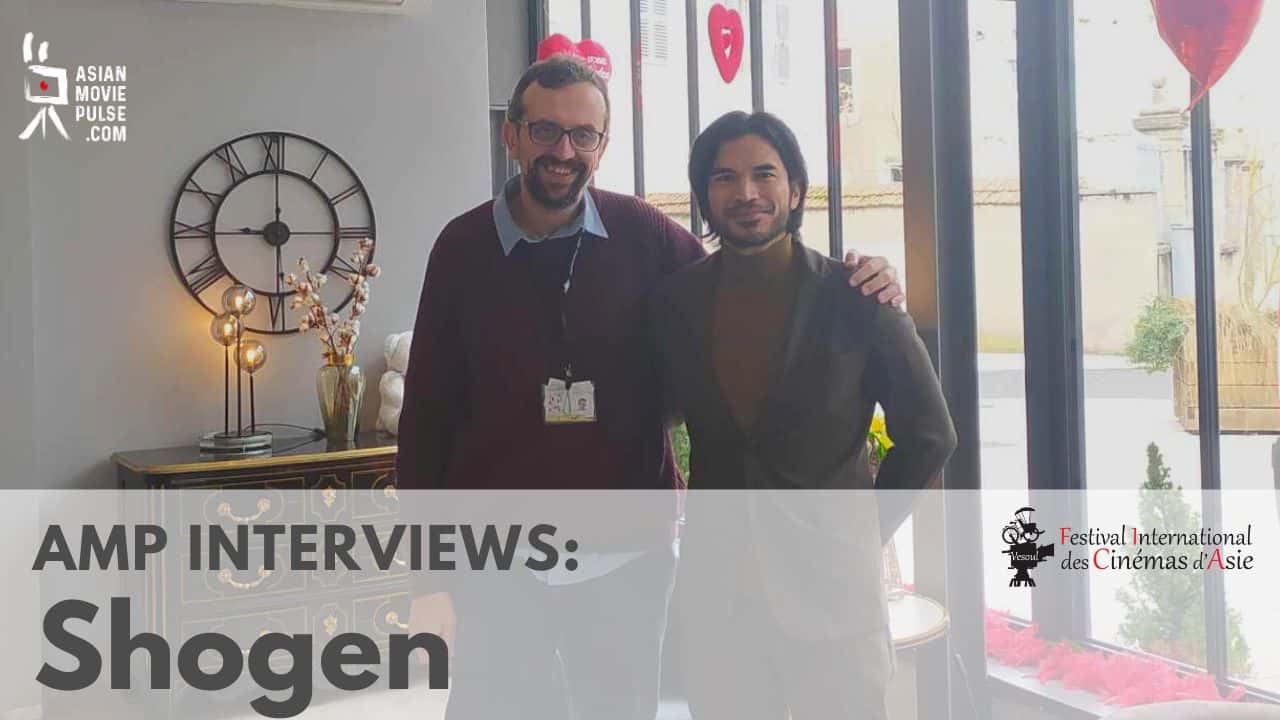Η φετινή σεζόν ήταν ασυνήθιστη για τον ασιατικό κινηματογράφο, μιας και δεν υπήρχε κάποιο αριστούργημα του διαμετρήματος των Παρασίτων ή του Burning, αλλά ως σύνολο, πολύ περισσότερες καλές ταινίες, κάτι που πολύ πιθανόν να οφείλεται και στο ότι πολλές παραγωγές είχαν παγώσει λόγω Covid και προβλήθηκαν φέτος. Χωρίς πολλά λόγια, αυτές είναι οι επιλογές μου για τις καλύτερες ασιατικές ταινίες της χρονιάς. Για τις πλήρεις κριτικές στα αγγλικά, μπορείτα απλά να κάνετε κλικ στον τίτλο. Κάποια από τα φιλμ μπορεί να ήταν παραγωγής 2021, αλλά μιας και κυκλοφόρησαν κυρίως το 2022, αποφάσισα να τις συμπεριλάβω
30. Zalava (Arsalan Amiri, Iran)
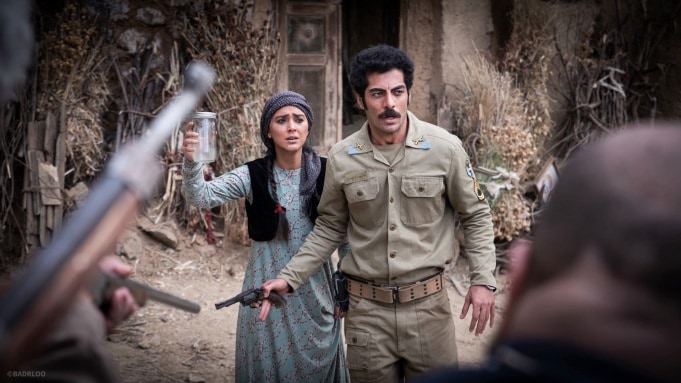
Arsalan Amiri bases his whole narrative on the questions mentioned above, with the reply regarding if the movie will turn into a supernatural horror (thus meaning the locals are right) or continue as a social drama regarding the blights of disidemony (thus meaning the sergeant is right) carrying the movie almost to the end. His approach is quite realistic, with the concept of the bottle highlighting the fact, essentially provoking his audience to pose the questions to themselves: “Do you believe in magic? Would you open the bottle?”. This approach is both intriguing and entertaining, while inducing the movie with a sense of agony that also adds to the two aforementioned traits. (Panos Kotzathanasis)
29. Goddamned Asura (Lou Yi-an, Taiwan)

The comments Lou Yi-an makes here are quite evident. The current generation is suffering from bad parenting, and the pressure of society to achieve success in a very specific way, which has led them to the virtual world to find solace and some kind of communication/connection. That most of the protagonists, and particularly Jan Wen and Zero, feel trapped due to their familial issues, is one of the central themes here, with the former’s night endeavors and almost nihilistic attitude towards the world, and the latter’s eventual explosion, highlighting the fact in the most eloquent fashion. Jan Wen’s art and the concept of the imprisoned dog also move towards the same direction, this time through symbolism, but the message remains the same. (Panos Kotzathanasis)
28. I am a Comedian (Fumiari Hyuga, Japan)

Evidently, having won the utter trust of Muramoto, the documentarian stays rather close to him, both his professional and personal moments, who eventually are revealed to be utterly intertwined, as his life experiences dictate his comedy, to the point that events like his father’s death become part of it. It is this sincerity and in-your-face-attitude, along with the ability to turn such dramatic events to comedy, that is what essentially allows Muramoto to stand out, while making his portrait so captivating. The same applies to his insistence to his belief that laughter can change the world, as much as his portrayal behind the stage, who is eloquently revealed as one of depression and probably alcoholism, for which making people laugh seems to be the only medicine. (Panos Kotzathanasis)
27. 12 Weeks (Ana Isabelle Matutina, Philippines)
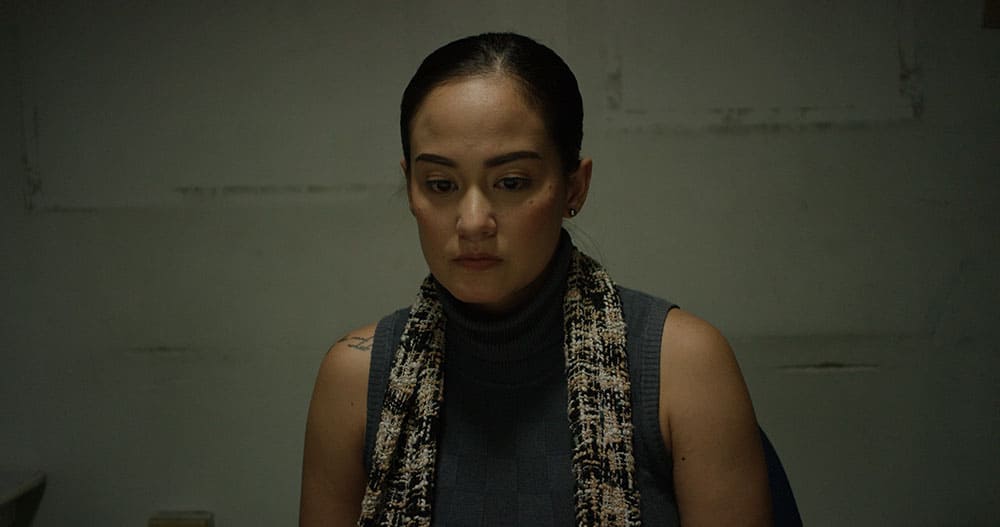
Anna Isabelle Matutina implements a rather European (French if you prefer) style of filmmaking in order to tell her story, as dictated by the permeating realism in all aspects of the movie and the frequent close-ups to her protagonist who seems to appear in every single scene of the movie, in the style of “Blue is the Warmest Color” and “Happening”. The last aspect in particular, usually helps the protagonists shine, but at the same time demands superb performances to work, which luckily, Matutina gets from Max Eigenmann here, in one of the best traits of the movie. Particularly the way Eigenmann manages to portray a plethora of emotions and psychological statuses in a measured and essentially laconic fashion, is a treat to the viewer, with her expressive eyes being the apogee of an overall excellent execution. Furthermore, the way her interactions differ according to the person in front of her (her boss, Ben, her mother, Lorna, the woman she talks about getting an abortion) add yet another trait to her acting, while exemplifying the great chemistry she shares with all of her fellow actors. (Panos Kotzathanasis)
26. Fast and Feel Love (Nawapol Thamrongrattanarit, Thailand)
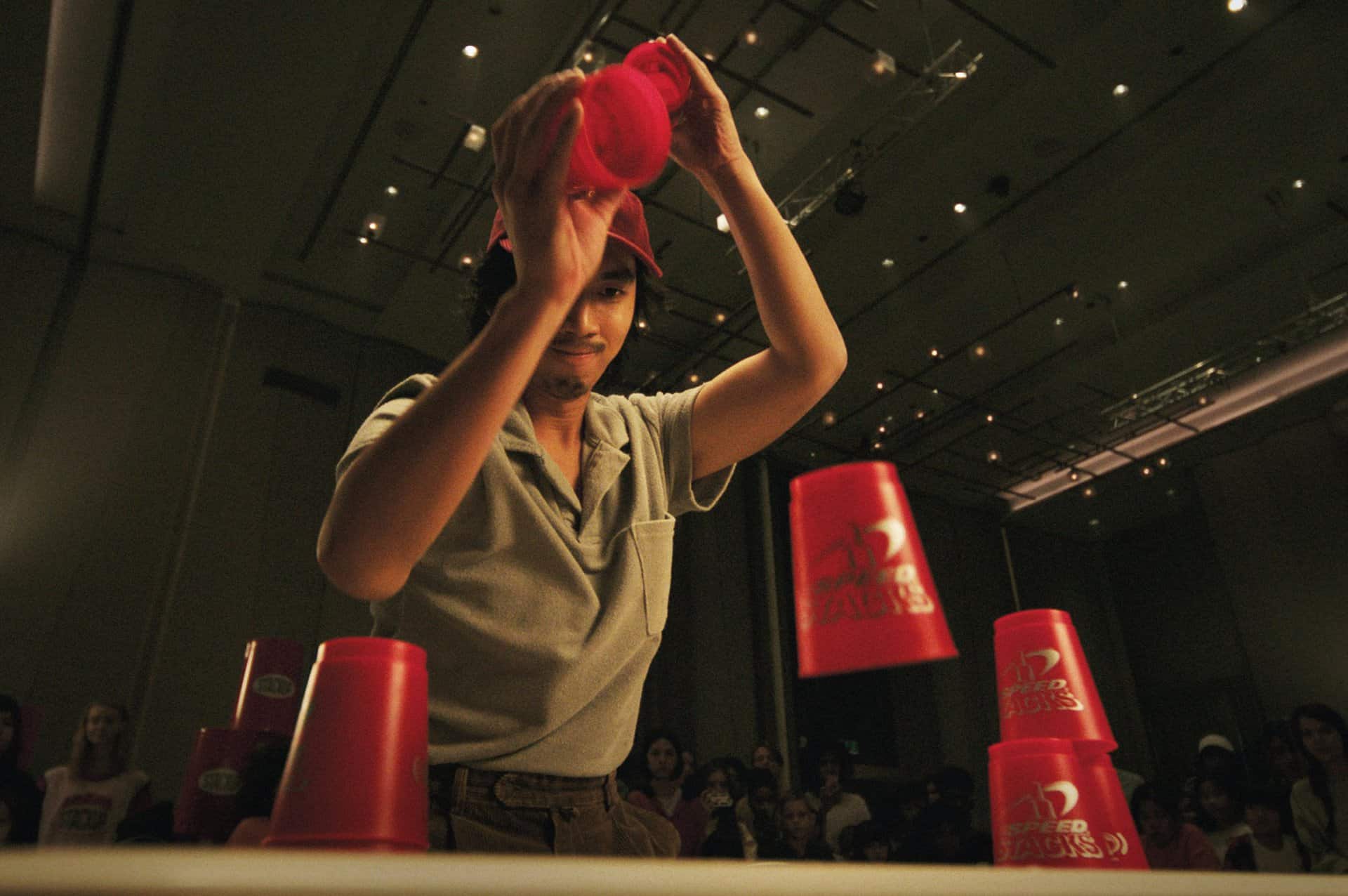
The production’s marketing department may have been onto something, as there are clear elements of an action film here. There’s a clear protagonist and antagonist and the fast paced narrative, swift edit and the music all could fit right into an action feature. But one must remember that this is a work by Ter Nawapol, so it cannot possibly fit straight into the action feature or the sports film mould. In addition to both those, “Fast & Feel Love” is at its core a late coming-of-age feature that has been wrapped in a love story, packed in the guide of an action/sports film, one that talks about understanding the reality of your childhood ambitions and coming into adulthood. For both Kao and Jay, it means giving up on (or at least giving less prominence to) the one thing you love the most in order to become who you must become. Thamrongrattanarit’s previous feature “Happy Old Year” spoke extensively about letting go of the past and starting anew, an aspect that is also explored here, albeit in a totally different but equally effective manner. (Rhythm Zaveri)
25. Project Wolf Hunting (Kim Hong-sun)
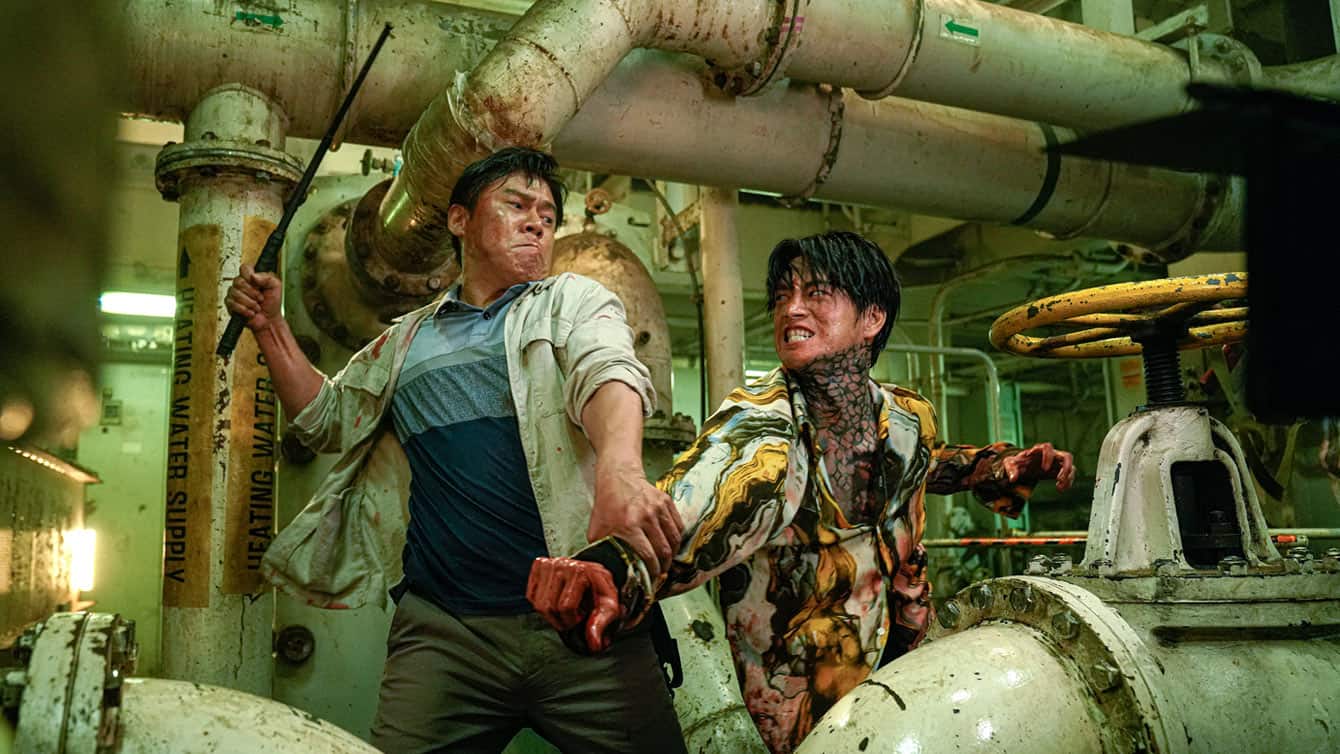
“Project Wolf Hunting” begins as an ominous slow burn; Hong-Sun sets this up nicely, introducing the guards and the inmates and consistently teasing the idea that ominous plans are lurking in the background. Yet once things pick up, they don’t stop until the final seconds of the film’s two-hour runtime. Regardless of whether you’re a seasoned horror and thriller viewer or you’re new to the game, it can be guaranteed that “Project Wolf Hunting” will keep you guessing and in a consistent state of captivation with its slow-pan shots and dark, eerie sequences. (Spencer Nafekh-Blanchette)
24. Education and Nationalism (Hisayo Saika)
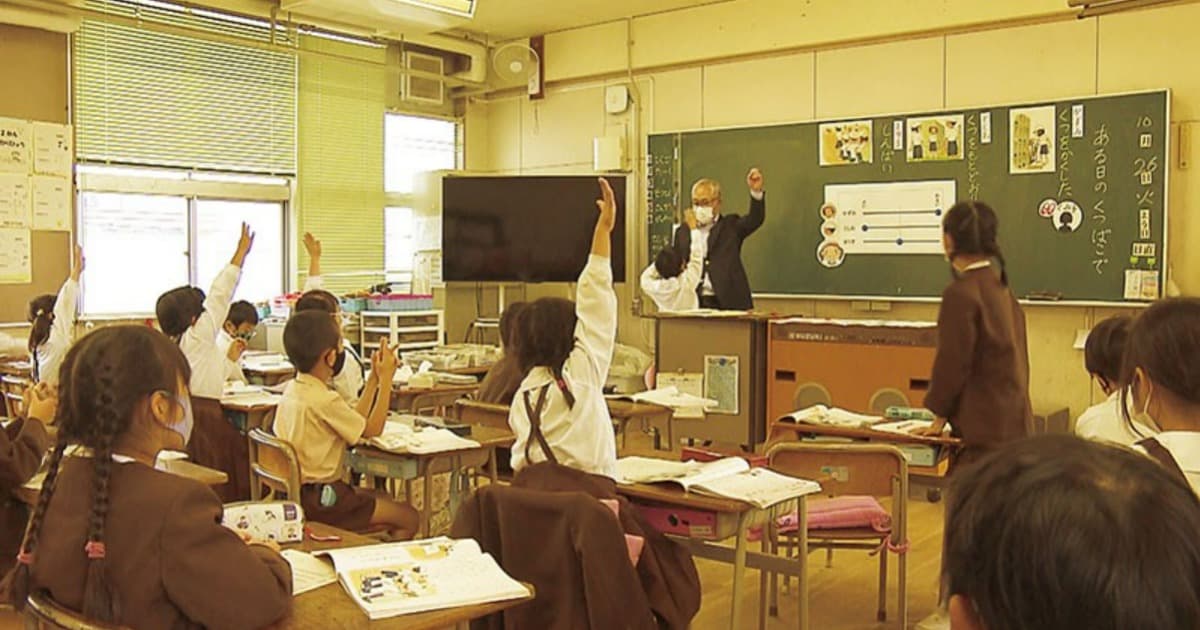
The presentation of the whole concept is as realistic as it is shocking, with Saika having done a rather thorough investigation, while managing to include interviews with members of both sides. At the same time, she pulls no punches in her comments, openly talking about political pressure, direct government involvement, and revisionary tactics that derive from the members of the “Abe group” who seem to have taken key positions in all hierarchies of the Japanese system. At the same time, and although not clearly answered, the question for the reasons for all these actions, which essentially aim at people forgetting the blights of war, also gets a reply here: The current government wants Japan to be able to go to war once more. (Panos Kotzathanasis)
23. Satan’s Slaves 2: Communion (Joko Anwar, Indonesia)
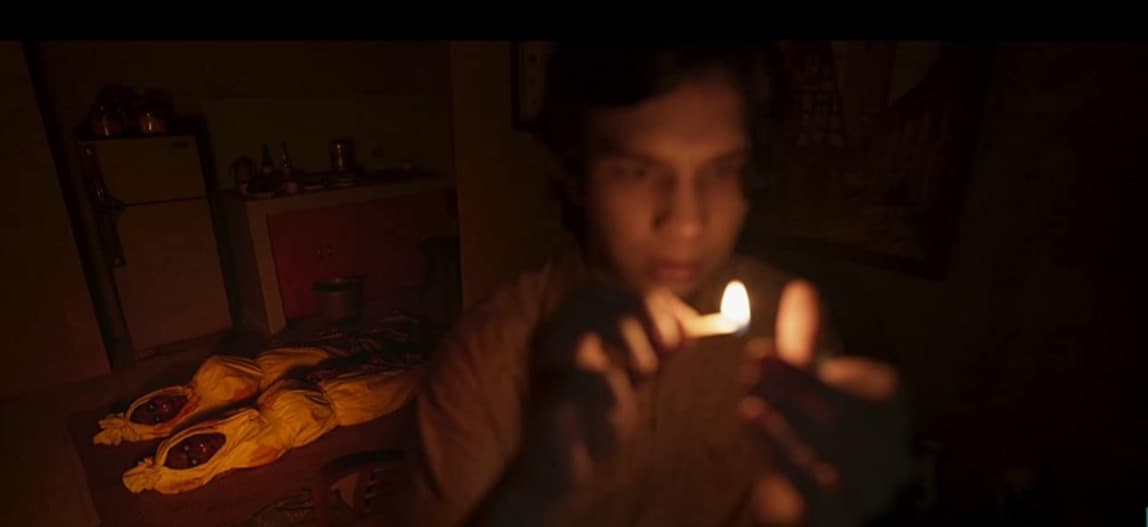
Joko Anwar proves once more that he is a master of his art, with the film excelling in all aspects, in a fashion that is on a much higher level than similar genre entries. One has just to watch the elevator sequence, where sound, Dinda Amanda’s editing, and Ical Tanjung’s cinematography come together in the most astonishing way to kickstart the action in the film, to realize the artistry involved here. One could say that the intense focus on the children protagonists seems like a “Stranger Things” vibe, but the presence of Rini, Tari and the Father in essentially equal measure tone down this aspect, as much as the commentary included in the narrative. Regarding this last element, Joko Anwar makes a rather pointed comment on religion, with the way the priest creeps in the lives of his neighbors when things start going towards a dangerous direction, and his actual motif, highlighting it in the best fashion, also because the remark is organically embedded in the narrative. The very ending, and particularly the reference to the Bandung Conference, also move towards a similar fashion, although I feel this element will be explored better in the third part of the series, which Anwar has already hinted at. (Panos Kotzathanasis)
22. No Ground Beneath the Feet (Mohammad Rabby Mridha, Bangladesh)
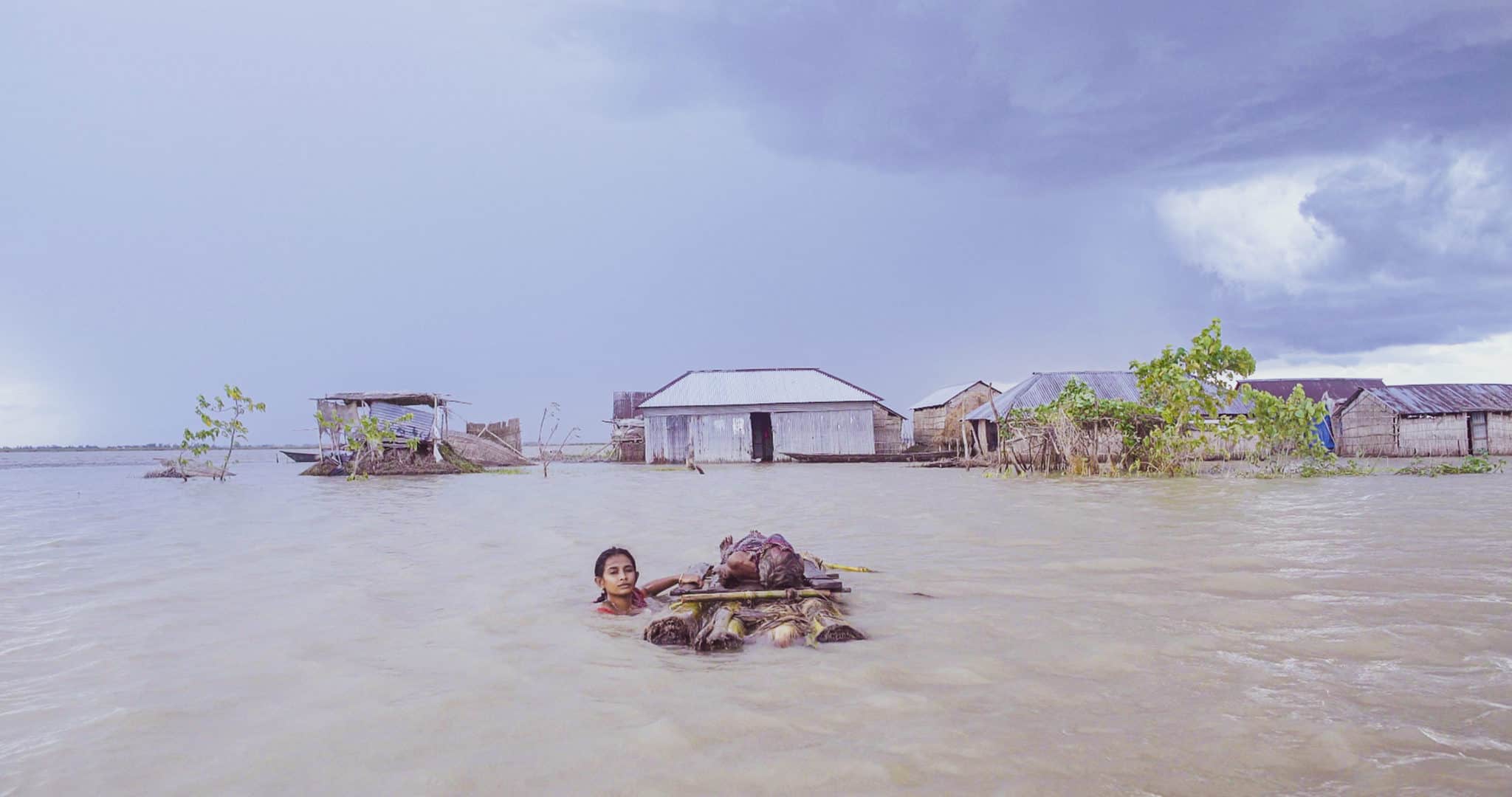
Mohammad Rabby Mridha manages to direct a film that, despite its documentary-like realism about current conditions in Bangladesh, manages to unfold as a psychological thriller/drama, particularly as violence becomes a more significant aspect of the narrative as the story progresses. Through this approach, he succeeds in showing how dire the situation is in the country nowadays, since the constantly rising level of the sea has been the cause of intense internal migration towards Dhaka, to a point that the city cannot sustain it any more. This comment is the most evident in the film, as we see both Saiful in the city and his family back in his birthplace, struggling significantly even for their basic needs. (Panos Kotzathanasis)
21. Gensan Punch (Brillante Mendoza, Philippines)
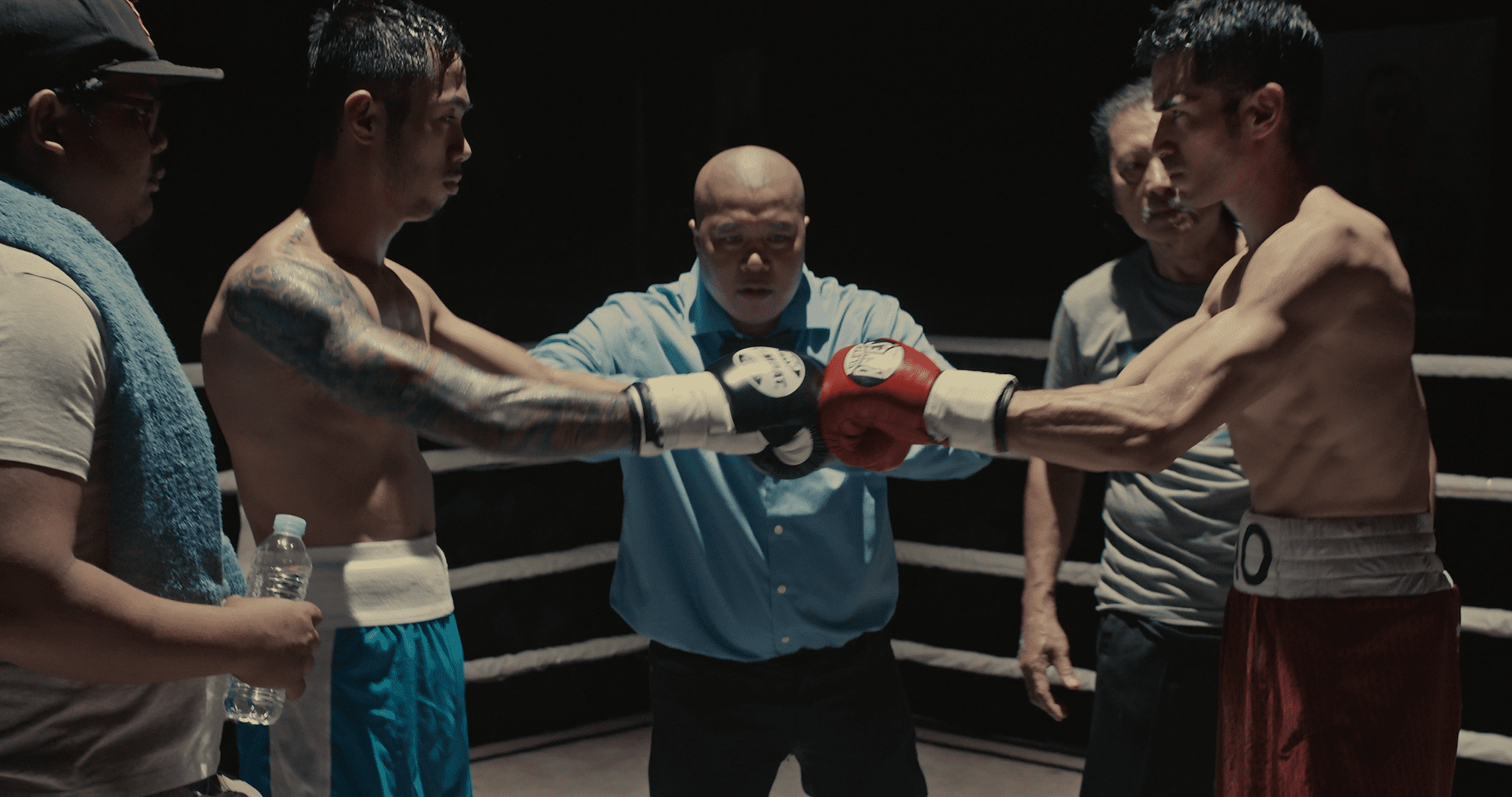
Implementing an approach that borrows much from documentaries, Mendoza directs a rather realistic film that focuses on presenting the world of boxing in all its glory and struggle, with the mentorship, the training, the fights, and the bureaucracy taking center stage, essentially pushing the main character to the background. The approach is rather unusual, since the base for a hard-core drama was definitely there, particularly considering the specifics of the protagonist, but in the end, it is easy to say that it works very well, with Nao embodying all those low-level boxers and the struggles they have to face in order to achieve even the slightest shred of success. The fact that his artificial leg is not exploited in any way for dramatic reasons, essentially becoming just another obstacle Nao has to overcome, also adds much to the overall aesthetics, as Mendoza completely avoids any kind of melodramatic premise. (Panos Kotzathanasis)
20. Thunderbird (Lee Jae-won)

Lee Jae-won directs a crime thriller that unfolds as a road movie that takes place during one night for the most part, with the many events and people presented inducing the film with an episodic essence, which serves, though, as a way of analyzing the two brothers as thoroughly as possible. The unusual combination works quite well for the most part, especially due to the ” trick ” of changing protagonists half-way, which essentially functions as a twist in the story. As such, the story begins with Tae-min being the intensely problematic one, a young man with a rather short-temper, constantly lying, always eager to exploit everyone around him including his brother and his girlfriend, who realizes what is happening but seems too attached to him to let go. As it progresses though, and particularly after the old lady of the pawn shop becomes a factor in the story, it is revealed that the timid, coward-like Tae-gyun is quite different than anyone thought he was, with the pressure he feels letting out a self that very few knew existed. (Panos Kotzathanasis)


